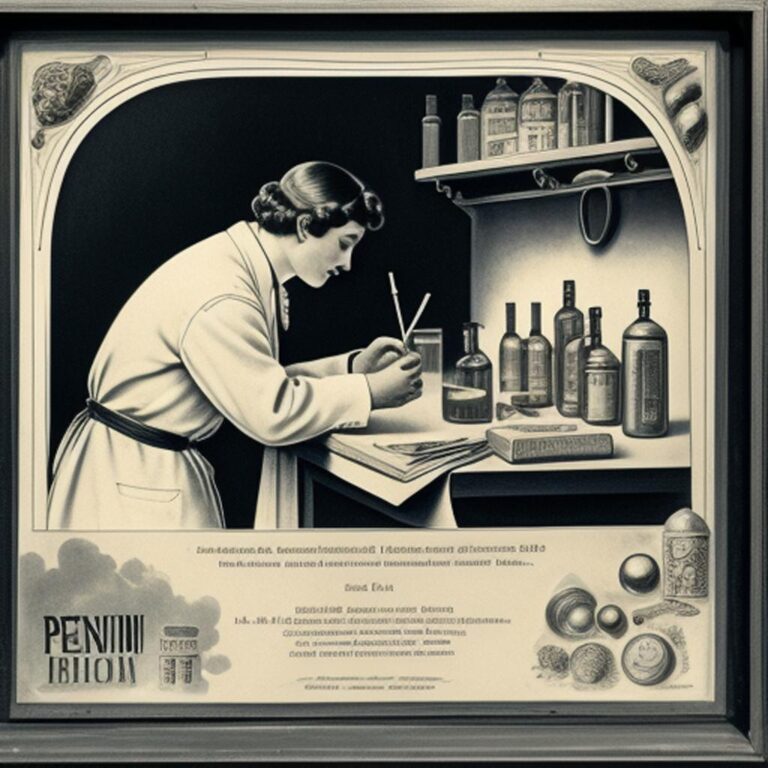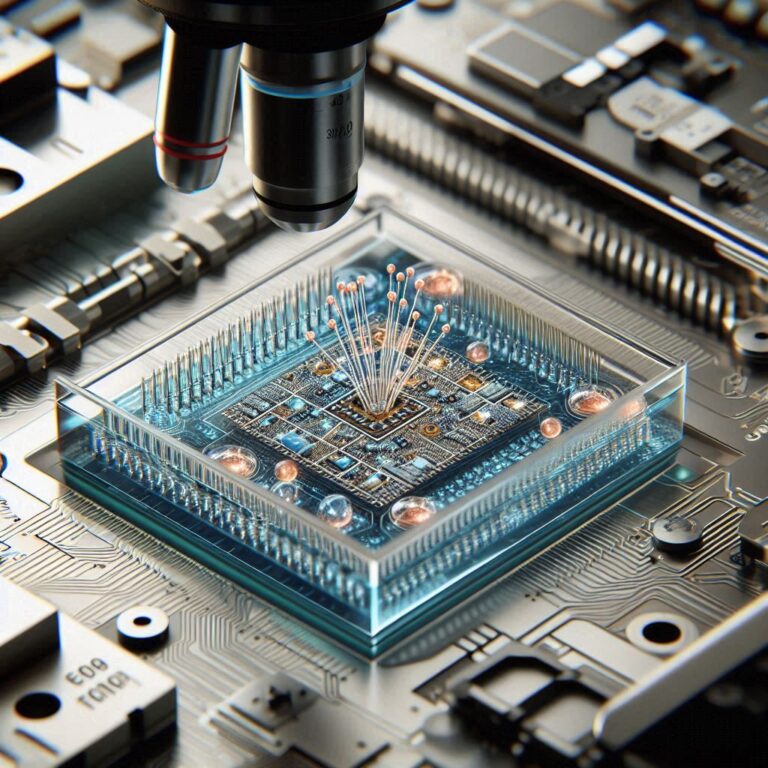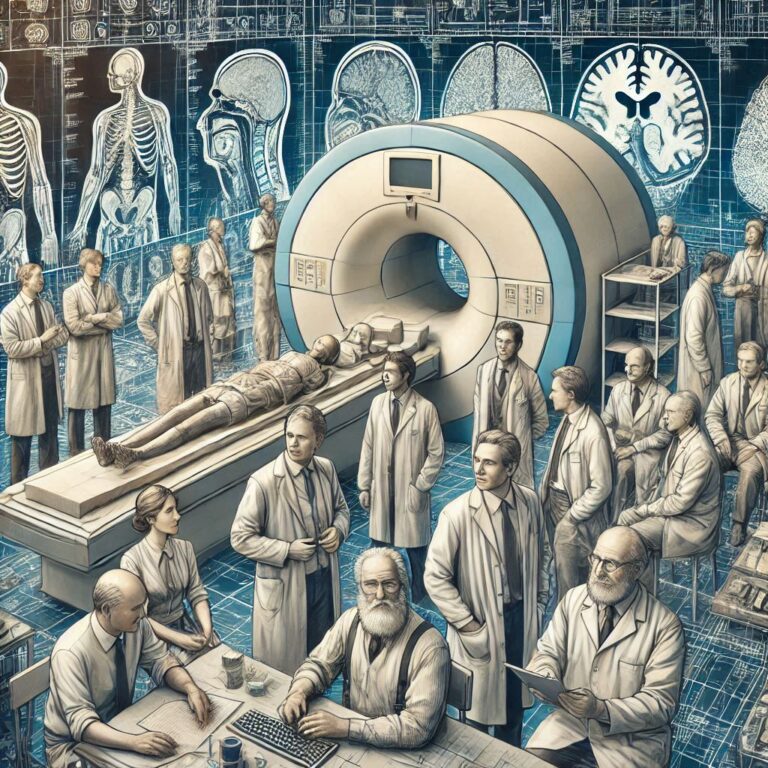👤 Introduction: Your Virtual Self Could Soon Save Your Real One
Imagine a fully functional, data-driven version of you—one that lives in the cloud, knows your entire health history, reacts to medical interventions, and evolves as you do. This isn’t science fiction—it’s the emergence of human digital twins in healthcare.
Originally developed for aerospace and manufacturing, digital twin technology is now driving revolutionary advancements in medical science. Companies like Siemens Healthineers and Dassault Systèmes are at the forefront of building virtual human replicas, capable of simulating organs, predicting disease progression, and even testing drugs before they ever reach a patient’s bloodstream.
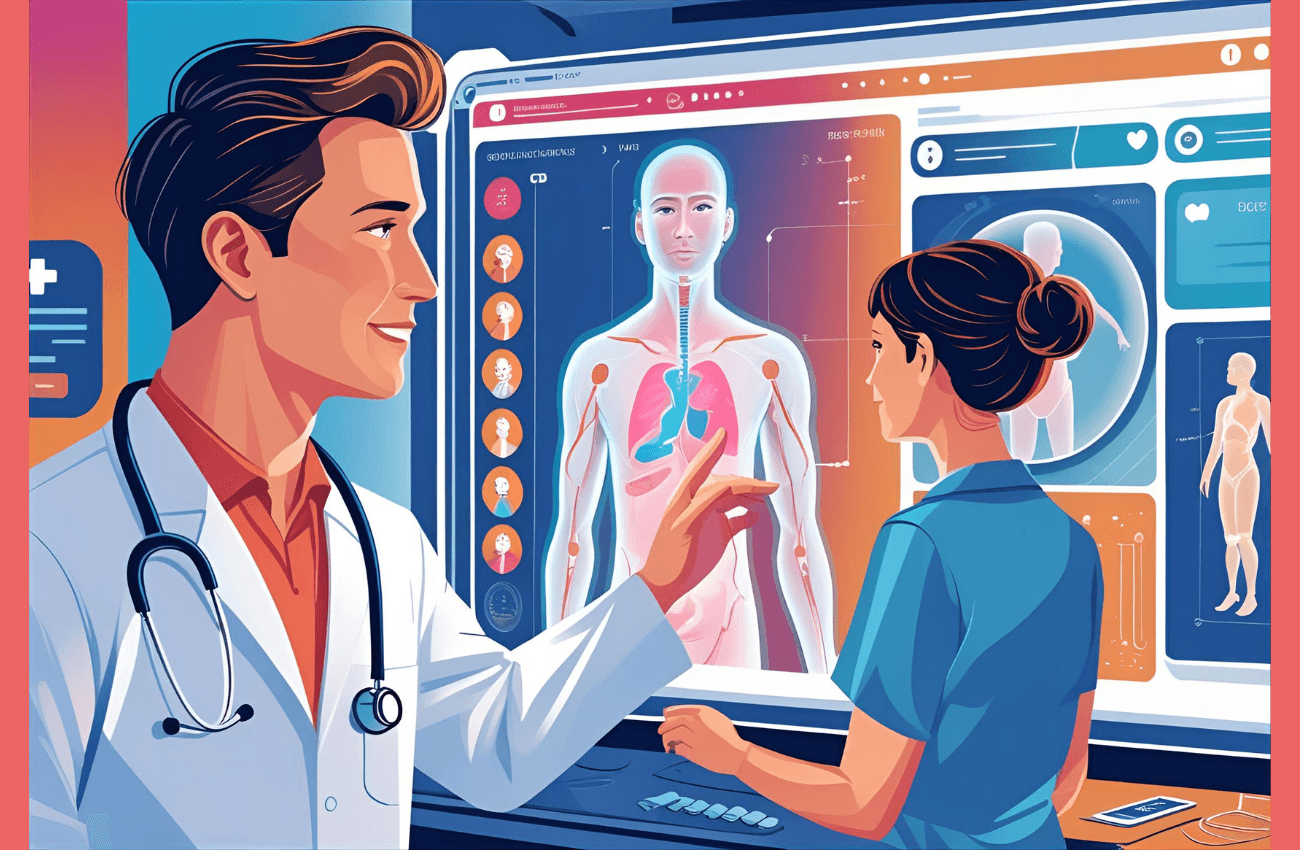
In Europe, ambitious projects like the Digital Twin for Health (DT4H) initiative are aiming to create a living, evolving model of every citizen’s health. These human digital twin healthcare platforms promise a radical shift: from reactive treatment to proactive, personalized medicine.
By simulating how a drug, therapy, or disease might interact with your unique biology, digital twins offer not just better care—but potentially longer, healthier lives. And as AI, biosensors, and computational modeling evolve, your virtual self may become your greatest health ally.
🧬 What Is a Human Digital Twin?
In the healthcare world, a human digital twin is much more than a collection of medical data—it’s a dynamic, data-driven simulation of a patient’s physical, physiological, and behavioral traits. Unlike static records, these twins are living models that evolve in real time.
At its core, a human digital twin healthcare system combines various layers of health data, including:
- Medical history and clinical records
- Genomic sequencing and biomarker profiles
- Wearable sensor outputs (e.g. heart rate, sleep, glucose levels)
- 3D organ-level simulations (e.g. heart, liver, lungs)
- Behavioral and lifestyle inputs (diet, exercise, stress)
These components are fed into advanced virtual patient models, allowing physicians and AI systems to simulate scenarios like drug responses, disease progression, or surgical outcomes—before they occur in the real body.
It’s crucial to differentiate digital twins from traditional Electronic Health Records (EHRs) or even standard AI diagnostic tools. While EHRs store snapshots of your health history, and AI tools analyze isolated data points, digital twins act as an integrated simulation platform. They don’t just tell you what happened—they predict what’s likely to happen and suggest personalized interventions.
For example, a cardiologist using a digital twin could test five different hypertension treatments on your virtual heart to see which one delivers the best outcome—with the least side effects—before prescribing anything.
🧠 How Digital Twins Work in Healthcare
Creating a digital twin in healthcare isn’t just about uploading medical records to the cloud—it’s about building a dynamic, biologically accurate replica of a person that reflects both past health and current physiology in real time.
The foundation of any biomedical digital twin is comprehensive data collection. This includes:
- Genomics: DNA sequencing reveals predispositions to diseases, drug sensitivities, and cellular functions.
- Wearables and biosensors: Devices like smartwatches, glucose monitors, and ECG patches capture real-time data on heart rate, movement, oxygen levels, and more.
- Clinical records: Historical data such as imaging, lab tests, and diagnoses provide context and baselines.
This multimodal data is continuously fed into AI-powered modeling platforms that simulate specific organs (like the heart or brain), biological systems, or even entire bodies. These AI algorithms replicate physical responses to conditions, treatments, or lifestyle changes, allowing clinicians to test “what-if” scenarios safely.
Real-time updates from IoT-enabled wearables and remote sensors keep the twin synchronized with the patient’s evolving state. For example, if a patient’s glucose spikes or their activity level drops, the digital twin reflects those changes instantly, prompting alerts or predictive suggestions.
Advanced predictive analytics then analyze this evolving dataset to:
- Detect early signs of disease
- Simulate how the body might respond to a new medication
- Forecast adverse events before they occur
- Recommend proactive interventions
This makes digital twins in healthcare a true leap beyond conventional AI—they’re not just analytic tools, but evolving simulations that bring virtual medicine closer to reality than ever before.
🧬 Applications: Personalized medicine with digital twins
With the ability to simulate organs, diseases, and drug responses, digital twins are opening the door to a new era of personalized medicine—where treatments are tailored not just to conditions, but to individuals in real time.
One of the most groundbreaking applications is simulating organ reactions to medications. For instance, cardiologists can use a patient’s digital twin to model how their heart would respond to different beta blockers, optimizing treatment while minimizing risk. Similarly, oncologists can test how different chemotherapy drugs would interact with a tumor—virtually—before ever administering them to the real patient.
Chronic disease monitoring is another major area of impact. Patients with diabetes, heart failure, or respiratory illnesses can benefit from real-time health monitoring that detects fluctuations, predicts episodes, and recommends interventions—all through their digital twin. If a diabetic patient’s glucose trends show instability, the twin can suggest medication changes or dietary adjustments before complications arise.
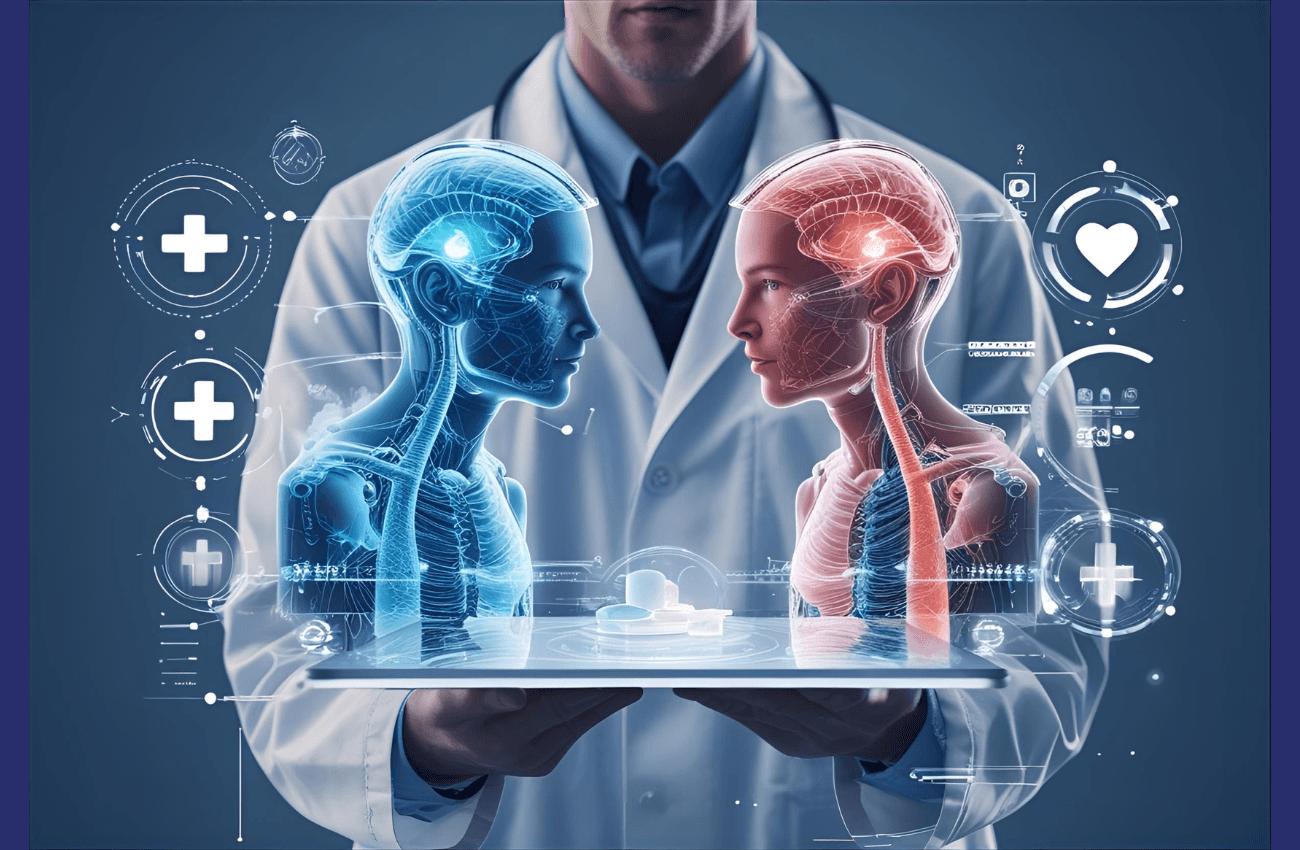
Digital twins are also revolutionizing surgical planning. Surgeons can rehearse complex procedures on virtual replicas of a patient’s organs, improving accuracy and reducing surgical risks. This personalized preoperative planning enhances outcomes and shortens recovery times.
Pharmaceutical companies are increasingly turning to digital twins for drug development. Before moving into costly and risky human trials, researchers can test compounds on thousands of simulated patient models to assess efficacy and safety.
Finally, preventive healthcare is perhaps the most transformative promise. By continuously analyzing health data, digital twins can flag early warning signs of conditions like hypertension, cancer, or neurological disorders—enabling early intervention and potentially saving lives.
In short, personalized medicine with digital twins is not about treating the average—it’s about treating you. Precisely. Predictively. Proactively.
🧪 Real-World Examples and Pilot Projects
The concept of digital twins in healthcare is no longer theoretical—it’s unfolding in hospitals, research centers, and tech labs across the world. From organ-specific simulations to full-body modeling, predictive digital twins are being tested and deployed in real clinical environments.
🫀 Siemens Healthineers: Cardiac Digital Twins
Siemens has created cardiac digital twins that mirror the unique physiological functions of an individual patient’s heart. These simulations allow cardiologists to analyze valve dynamics, blood flow, and electrical conduction in a virtual setting. Physicians can test how a heart might respond to different treatments or surgeries, offering a new dimension of risk-free experimentation.
❤️ Dassault Systèmes’ “Living Heart Project”
One of the most advanced examples of virtual healthcare avatars, the Living Heart Project aims to develop a highly detailed, patient-specific model of the human heart. This initiative integrates data from imaging, electrical activity, and mechanical function to help researchers and clinicians simulate drug interactions and surgical outcomes with unprecedented accuracy.
🧠 Philips: AI Twins for Chronic Conditions
Philips is building AI-powered digital twins to manage chronic diseases such as COPD, diabetes, and heart failure. These virtual models continuously learn from patients’ real-time health metrics and help personalize care strategies. The system can alert caregivers to anomalies before they become emergencies—enhancing preventive care.
🌍 Europe’s Digital Twin Human Project (DT4H)
Backed by the European Commission, DT4H envisions the creation of predictive digital twins for every citizen. These twins would support personalized diagnostics, public health modeling, and research into disease prevention. By pooling data at a population scale, DT4H aims to identify trends and tailor healthcare delivery based on individualized risk profiles.
🧬 US-Based Projects: NIH, Mayo Clinic, and Cleveland Clinic
In the United States, institutions like the National Institutes of Health (NIH) and Mayo Clinic are actively exploring digital twins in genomics and precision medicine. The Cleveland Clinic has partnered with tech firms to build predictive models of disease progression using patient twins, particularly in oncology and cardiology.
These real-world pilots are a strong validation of the transformative potential of digital twins in medicine. As the technology matures, what was once a futuristic idea is becoming an everyday clinical tool.
⚖️ Ethical, Privacy & Data Security Concerns
As digital avatar healthcare systems become more widespread, they raise important questions beyond technology—touching on ownership, consent, data protection, and bias.
🧬 Who Owns Your Digital Twin?
If a hospital, insurer, or tech firm builds your twin using your personal health data, who controls it? Is it your digital property, or part of a healthcare system’s proprietary model? These legal questions remain largely unresolved, especially across different countries with varying data rights frameworks.
🔐 Risk of Data Breaches and Biometric Misuse
Because AI in personalized medicine relies heavily on genomics, biometrics, and sensor data, digital twins are high-value targets for cyberattacks. A breach could expose not just personal health records, but predictive insights—such as future disease risk—which could be misused by insurers, employers, or even hackers engaged in digital extortion.
✅ Consent in a Real-Time, Always-On System
Traditional consent models—signing forms before a test—don’t work when a digital twin updates continuously. There’s a growing call for dynamic consent frameworks, where patients can adjust permissions as their digital identity evolves. Real-time simulation also means consent must be ongoing, revocable, and transparent.
🤖 AI Bias in Digital Health Models
Just like other AI systems, digital twins can inherit bias from training data. If the data sets underrepresent certain ethnicities, ages, or genders, predictions and treatments may become skewed—leading to disparities in care. Without careful validation, these twins may reinforce systemic health inequalities rather than correct them.
Building trust in digital avatar healthcare means addressing these ethical and security issues head-on. Only with strong safeguards can digital twins truly enhance—not endanger—patient care.
🔮 Future Outlook: Will Everyone Have a Digital Twin by 2035?
As the pace of digital healthcare accelerates, the vision of every person having a predictive digital twin may soon become reality. Fueled by advances in AI, wearable tech, and genomics, the infrastructure to support mass-scale virtual healthcare avatars is already being built.
Governments and healthcare systems are increasingly investing in population-scale modeling. Europe’s DT4H is just the beginning. In the next decade, we may see national digital twin registries that store continuously updated health avatars—not only to optimize individual care but to guide public health policy and pandemic response.
In parallel, the cost of creating a human digital twin is dropping. AI models that once took supercomputers can now run on cloud-based platforms. With wearable biosensors becoming cheaper and more accurate, even consumers could one day subscribe to “health-as-a-service” platforms that include real-time monitoring and personalized insights.
We’re also seeing the emergence of digital twin hospitals, where surgeries, treatments, and clinical trials are first run on digital replicas of patients before reaching the operating room or pharmacy.
However, scaling these systems ethically and securely remains the key challenge. Until regulations, standards, and public trust catch up, the road to universal adoption will need to be walked carefully—but it’s becoming increasingly clear that digital twins are not a trend—they’re the future of healthcare.
🌿 Conclusion: The Rise of Your Virtual Health Companion
From reactive medicine to proactive prevention, digital twins of humans represent a massive leap in how we understand and care for the human body. These advanced simulations are more than digital records—they’re living, learning companions that evolve with you, reflect your unique biology, and help deliver care that is truly personalized.
Whether used to test drug interactions, rehearse surgeries, or detect disease before symptoms appear, digital twins in healthcare are rewriting the rules of patient care. By combining AI, biosensing, genomics, and real-time data, we are entering an age where your virtual self could protect your real one—and do it more accurately than ever before.
“The future of medicine won’t be confined to hospitals—it will unfold in simulations. And those simulations will be personalized, mirroring you.”
🧩 Glossary
| Term | Definition |
|---|---|
| Digital twin | A digital twin is a virtual replica of a real-world system or individual, continuously updated with real-time data and simulations to reflect both its present condition and future behavior. |
| Personalized medicine | A healthcare approach where medical treatment is tailored to the individual characteristics of each patient, including genetics, lifestyle, and environment. |
| Predictive modeling | The use of statistical algorithms and machine learning to forecast outcomes based on current and historical data. |
| Simulation medicine | The practice of using digital models or virtual replicas to test, plan, and train medical procedures and treatments before applying them in the real world. |
🧬 Interested in how cutting-edge science is reshaping modern medicine?
Check out these related breakthroughs in diagnostics, treatment, and futuristic healthcare:
-
Terbium-161: Advancing Nuclear Cancer Therapy – Explore how this powerful isotope is offering more precise and potent cancer treatment.
-
Hydroxyapatite 2040 – Discover the future of bone regeneration and medical implants with this bioactive material.
-
Methylene Blue: Bridging Medicine and Future Technology – A deep dive into a century-old compound making a high-tech comeback.
-
The Nanobots Cancer Cure – Learn how microscopic machines could target and destroy cancer at the cellular level.
-
Wearable Sweat Sensors Are Revolutionizing Wearable Tech – See how your sweat is becoming a window into real-time health monitoring.
-
The Future of Synthetic Blood – Uncover the research behind lab-made blood that could one day save millions of lives.
Explore how these innovations are converging to build a smarter, faster, and more personalized future for healthcare.


